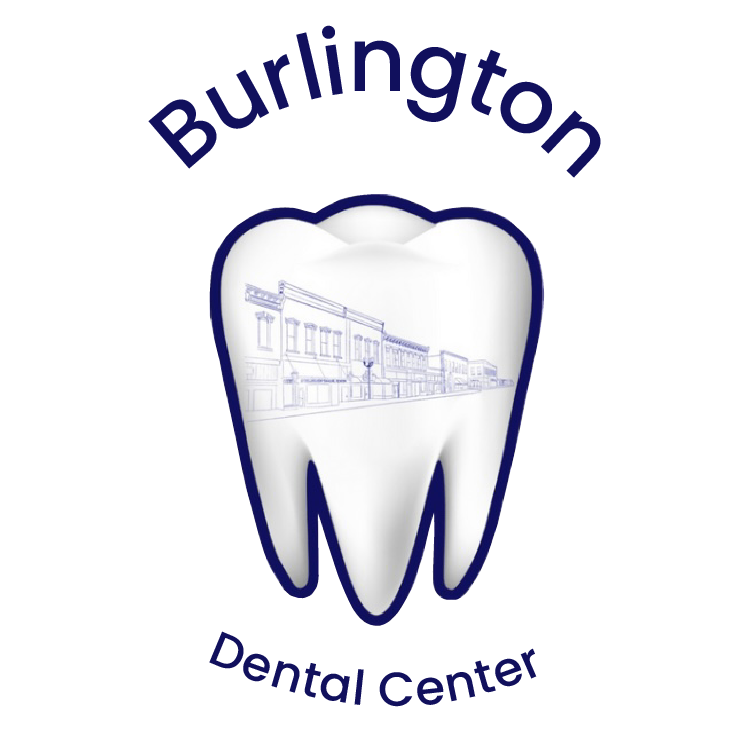
D2335 vs D2394 Dental Codes
D2335 and D2394 are dental codes for four or more surface composite fillings.
D2335 is used for four or more surface fillings on anterior teeth.
D2394 is for four or more surface fillings on posterior teeth.
D2335 vs. D2394: Understanding Dental Codes for Complex Composite Fillings
When it comes to dental restorations involving composite fillings, the specific dental codes such as D2335 and D2394 play crucial roles in ensuring accurate treatment documentation, billing, and insurance processing. These codes are designated for complex filling procedures but apply to different types of teeth.
Here's a quick breakdown of each code to help distinguish their uses and implications.
D2335: Composite Filling for Anterior Teeth
CDT code D2335 applies to composite resin fillings that involve four or more surfaces of an anterior tooth. These teeth (the incisors and canines) are located in the front of the mouth and play a significant role in aesthetics.
Primary Use: This code is used when extensive restoration is needed that affects most of the visible surfaces of a front tooth, necessitating a detailed and careful approach to preserve both the tooth's functionality and appearance.
Aesthetic Importance: Given their prominent location, fillings in anterior teeth under this code require a high degree of skill to ensure the restoration blends seamlessly with the surrounding teeth, maintaining the natural appearance of the patient’s smile.
D2394: Composite Filling for Posterior Teeth
Conversely, D2394 pertains to the use of composite resin for filling four or more surfaces on a posterior tooth, which includes molars and premolars. These teeth are critical for chewing and are less visible than anterior teeth.
Functional Priority: The primary focus of D2394 is to restore the integrity and functionality of posterior teeth that have experienced significant decay or damage. The restoration needs to withstand considerable bite forces and frequent contact with food.
Durability and Strength: While aesthetic considerations are less critical compared to anterior teeth, the composite used still provides a natural look alongside the necessary durability to handle the demands placed on posterior teeth.
Key Differences and Considerations
Location and Function: D2335 focuses on the front teeth, where the aesthetic outcome is crucial, whereas D2394 is used for back teeth, where durability and strength are more important.
Complexity and Technique: Both codes indicate complex procedures due to the involvement of multiple tooth surfaces, but the techniques differ due to accessibility and visibility challenges in anterior versus posterior teeth.
Cost Implications: The cost for these procedures can vary, with anterior composite fillings often being more expensive due to the precision required for a cosmetically pleasing result. Insurance coverage may also vary, with anterior restorations often scrutinized for their aesthetic necessity.
Final Thoughts
D2335 and D2394 are vital codes in dental practice for categorizing complex composite fillings in different parts of the mouth.
Each code addresses specific needs—D2335 ensures aesthetic restoration for front teeth, while D2394 provides robust functional restoration for back teeth.
Understanding these distinctions is crucial for dental professionals for proper billing and for patients to navigate their treatment options and insurance claims effectively. Accurate use of these codes enhances the efficiency of dental services and patient satisfaction by ensuring that each patient receives appropriate and tailored treatment.
* Though the author of this post is a licensed dentist in the state of Kansas, this information is provided for informational and educational purposes only. Please use your best judgment and contact emergency medical services in the event of an emergency.
